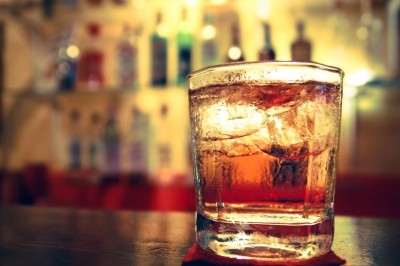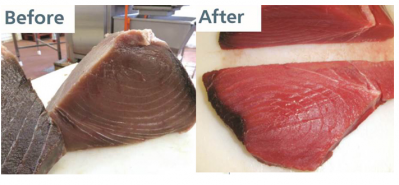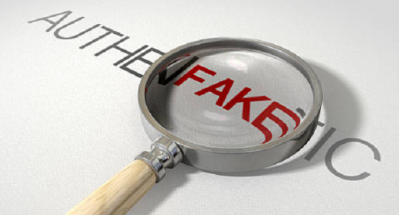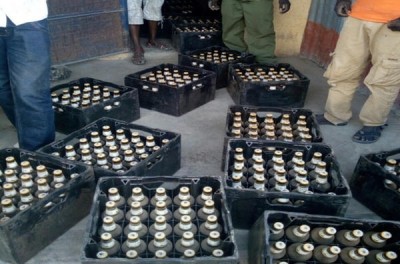Detained foodstuff doubles but decrease for beverages
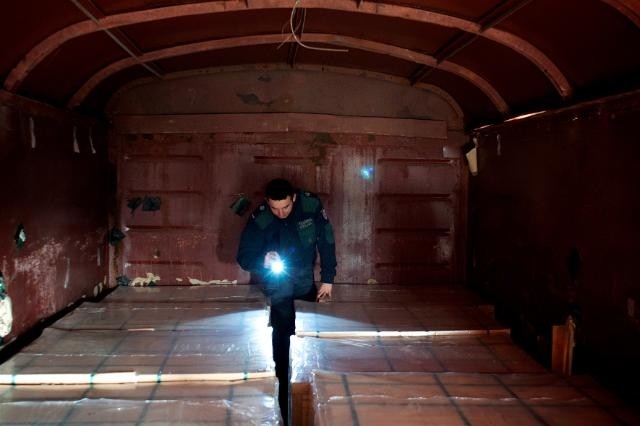
There was a significant decrease in alcoholic and non-alcoholic beverages detained but increases were reported in foodstuffs and packaging material (>50% compared to 2014).
The number of intercepted goods grew by 15% compared to 2014, according to the report on enforcement of Intellectual Property Rights (IPR) in the EU.
More than 40 million products suspected of violating an intellectual property right were detained at the EU's external borders, with a value of nearly €650m.
Pierre Moscovici, Commissioner for Economic and Financial Affairs, Taxation and Customs, said it will continue to work with customs authorities, international partners and industry to ensure protection for intellectual property rights.
"I’ve witnessed first-hand the excellent work of customs officials across the EU in dealing with counterfeit and sometimes dangerous goods. But the criminal activity which swamps our internal market with fake and illegal products shows no sign of abating."
Scale of customs actions to enforce IPR
Foodstuff made up more than 2.9 million articles with a retail value of the original goods at more than €2.7m.
Alcoholic beverages were over 30,000 articles with a retail value over €350,000 and other beverages totalled more than 153,000 articles with a retail value exceeding €300,000.
Last year foodstuffs made up more than 1.6 million articles with a value exceeding €358,000.
Other beverages totalled almost 454,000 articles with a value of more than €1.2m and alcoholic beverages made up over 148,000 items with a value just over of €880,000.
The top categories of detained articles were cigarettes which accounted for 27% followed by other goods (10%), toys (9%), labels, tags and stickers (8%) and foodstuff (7%).
Food and beverages can infringe IPR when labels on the counterfeit product infringes on a trademark.
The report is based on data from Member States' customs administrations to the Commission.
Source of suspected IPR infringing goods
Benin was the originating country of a large amount of foodstuff, followed by Lebanon and Ukraine.
Mexico was the top source for counterfeit alcoholic beverages followed by China while for other beverages it was Morocco then Vietnam and China.
China continues to be the main country of provenance from where goods suspected of infringing an IPR were sent to the EU.
Europol and Interpol seized olives painted with blue copper sulphate, monkey meat and sugar laced with fertiliser in the latest findings from Operation Opson.
Europol said some products bore trademarks without permission of the right holders.
Products for daily use that would be potentially dangerous to health and safety of consumers (i.e. suspected trademark infringements concerning food and beverages, body care articles, medicines, and toys) accounted for 25.8% (compared to 28.6% in 2014) of detained articles in the IPR report.
In more than 91% of detentions, goods were destroyed or a court case was started to determine an infringement with the right-holder of the brand being infringed.
